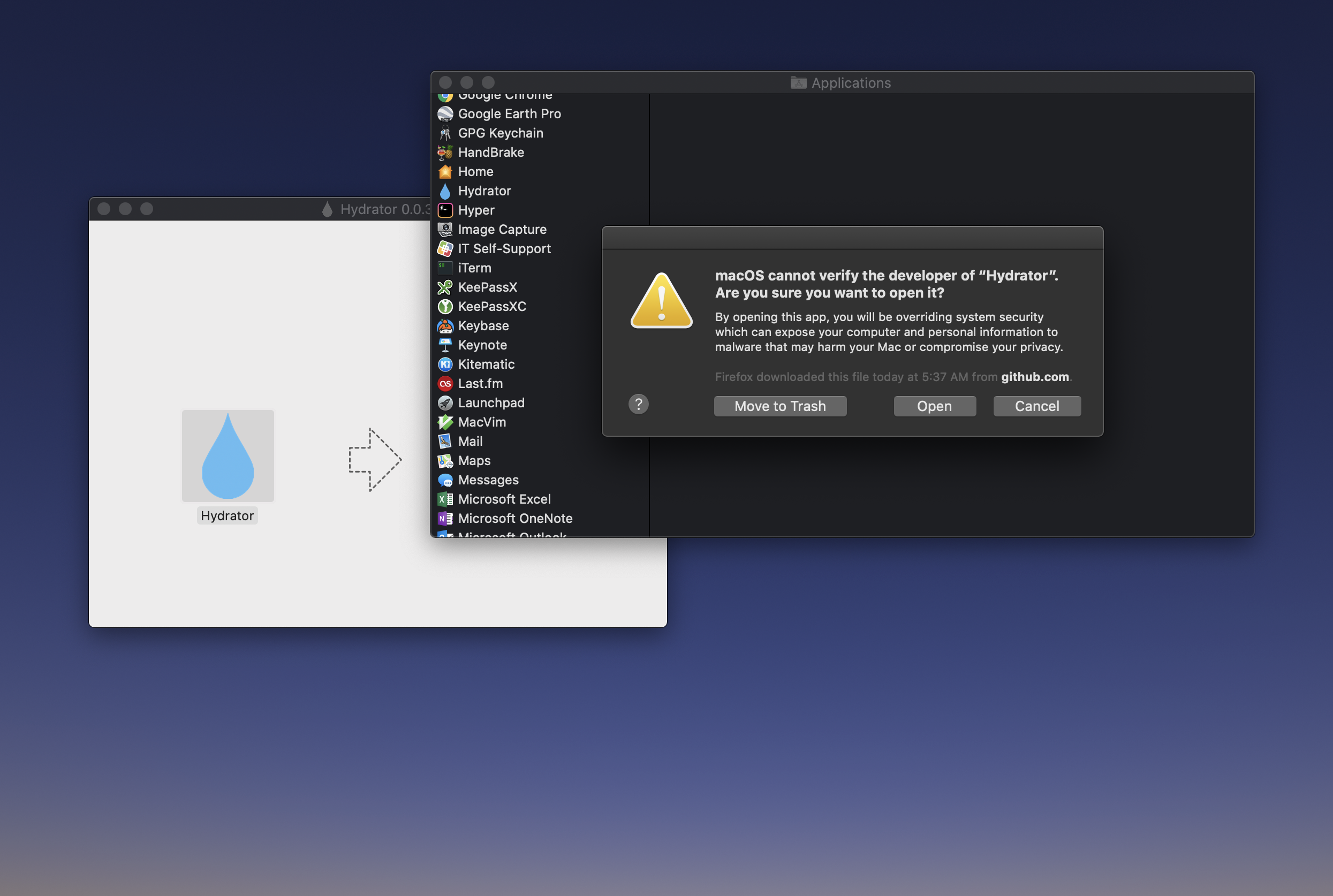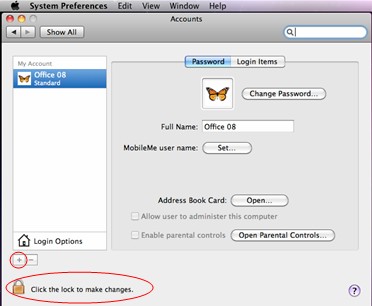- Download Microsoft Excel Mac
- Mac Verifying Microsoft Word
- Verifying Microsoft Excel Mac Version
- Why Is Mac Verifying Excel
- Verifying Microsoft Word App
Choose the right Microsoft 365 for your Mac Manage life’s demands with Microsoft 365. You’ll always stay a step ahead with the latest in AI-powered apps, 1 TB of cloud storage per person, and digital protection for things that matter most. If you use Azure Multi-Factor Authentication, contact your administrator for help. For more information about two-factor authorization, see Sign in to your work or school account using your two-factor verification method.; To reset your password, see Reset my Office 365 tenant admin password.
 -->
-->- TUTORIAL - How to Fix the Verifying Problem in MacIf you are sure that you downloaded the app installer from the official/verified source and that it has not.
- Open any Office application, such as Word or Excel, and select Account. Note: If you don't see Account or you already have a file or document open, choose File from the menu, and then select either Account or Help from the list on the left. Under Product Information, you'll find your Office product name and, in some cases, the full version number.
- On you dock locate the Excel Icon, press control and click over the excel icon, a new windon will popup, choose options and the ENABLEthe option 'OPEN AT LOGIN' and release the control button. Repeat item 2 but this time DISABLEthe option 'OPEN AT LOGIN'. It might be a bug on Excel, you know MICROSUCK and their famous bugs!!!!
Summary
This article helps you determine the licensing type of your Microsoft Office product, whether it's Microsoft 365, Office 2019, Office 2016, or Office 2013.

License types
To determine whether you have a retail edition or a volume license edition, use one of the following methods, depending on which version of Microsoft Office product you've installed.
Microsoft 365
Download Microsoft Excel Mac
If you're using a Microsoft 365 product, see View Microsoft 365 licenses and services with PowerShell. Follow the steps to find your license type and other details about your version of Office.
Office 2019 and Office 2016
Press Windows logo key+X on your keyboard to open the quick action menu.
Select Command Prompt (Admin).
If a security prompt window is displayed, select Allow.
Using the command line to check your license type
Open an elevated Command Prompt window.
Type the following command to navigate to the Office folder.
For 32-bit (x86) Office
cd c:Program Files (x86)Microsoft OfficeOffice16For 64-bit (x64) Office
cd c:Program FilesMicrosoft OfficeOffice16Type
cscript ospp.vbs /dstatus, and then press Enter.In this example, the screen displays the Retail type license. If you have a volume license (VL) product, the license type is displayed as VL or Volume Licensing.
Office 2013

Mac Verifying Microsoft Word
Method 1: Search DVD or ISO file for Admin folder
This method requires that you have access to the DVD or ISO file that's used to install your Office product.
Open File Explorer, and navigate to the DVD or ISO file.
Search for a folder that’s named Admin.
- If the Admin folder exists, this disc is a volume license (VL) edition.
- If the Admin folder does not exist, this disc is a retail edition.
Note
Retail media includes a lowercase 'r' before the '.WW' in the folder name and before the 'WW.msi' in the MSI file name.For example, the installation file for Proplus retail is ProplusrWW.msi in the ProplusrWW folder. Proplus non-retail is ProplusWW.msi in the PlusplusWW.
Method 2: Use the command-line interface
Open an elevated Command Prompt window.
Windows 10, Windows 8.1, or Windows 8
Press Windows logo key+X on your keyboard to open the quick action menu.
Select Command Prompt (Admin).
If a security prompt window is displayed, select Allow.
Windows 7
- Select Start, and type cmd.
- On the Start menu, right-click Command Prompt, and then select Run as administrator.
- If a security prompt window is displayed, select Allow.
Type the following command to navigate to the Office folder:
For 32-bit (x86) Office
cd c:Program Files (x86)Microsoft OfficeOffice15For 64-bit (x64) Office
cd c:Program FilesMicrosoft OfficeOffice15
At the command prompt, type
cscript ospp.vbs /dstatus, and then press Enter.In this example, the license channel is reflected as RETAIL or VOLUME.
Volume licenses

To determine the Office volume license type on a Mac, open an Office app (such as PowerPoint), select the name of the app in the menu, and then select About (app).
Verifying Microsoft Excel Mac Version
The license type will be listed below the Product ID.
Subscription licenses
To determine the Office subscription license type, open an Office app (such as PowerPoint), select the name of the app in the menu, and then About (app).
The license type will be listed below the Product ID.
More information
For more information, see Find details for other versions of Office.
To get support for your Microsoft product, go to the Office product page, and log in to your My Account panel. Within the panel, you can find your product details, support options, and information about any subscriptions that you have.
Still need help? Go to Microsoft Community.
-->Summary
This article helps you determine the licensing type of your Microsoft Office product, whether it's Microsoft 365, Office 2019, Office 2016, or Office 2013.
License types
To determine whether you have a retail edition or a volume license edition, use one of the following methods, depending on which version of Microsoft Office product you've installed.
Microsoft 365
Why Is Mac Verifying Excel
If you're using a Microsoft 365 product, see View Microsoft 365 licenses and services with PowerShell. Follow the steps to find your license type and other details about your version of Office.
Office 2019 and Office 2016
Press Windows logo key+X on your keyboard to open the quick action menu.
Select Command Prompt (Admin).
If a security prompt window is displayed, select Allow.
Using the command line to check your license type
Open an elevated Command Prompt window.
Type the following command to navigate to the Office folder.
For 32-bit (x86) Office
cd c:Program Files (x86)Microsoft OfficeOffice16For 64-bit (x64) Office
cd c:Program FilesMicrosoft OfficeOffice16Type
cscript ospp.vbs /dstatus, and then press Enter.In this example, the screen displays the Retail type license. If you have a volume license (VL) product, the license type is displayed as VL or Volume Licensing.
Office 2013
Method 1: Search DVD or ISO file for Admin folder
This method requires that you have access to the DVD or ISO file that's used to install your Office product.

Open File Explorer, and navigate to the DVD or ISO file.
Search for a folder that’s named Admin.
- If the Admin folder exists, this disc is a volume license (VL) edition.
- If the Admin folder does not exist, this disc is a retail edition.
Note
Retail media includes a lowercase 'r' before the '.WW' in the folder name and before the 'WW.msi' in the MSI file name.For example, the installation file for Proplus retail is ProplusrWW.msi in the ProplusrWW folder. Proplus non-retail is ProplusWW.msi in the PlusplusWW.
Method 2: Use the command-line interface
Verifying Microsoft Word App
Open an elevated Command Prompt window.
Windows 10, Windows 8.1, or Windows 8
Press Windows logo key+X on your keyboard to open the quick action menu.
Select Command Prompt (Admin).
If a security prompt window is displayed, select Allow.
Windows 7
- Select Start, and type cmd.
- On the Start menu, right-click Command Prompt, and then select Run as administrator.
- If a security prompt window is displayed, select Allow.
Type the following command to navigate to the Office folder:
For 32-bit (x86) Office
cd c:Program Files (x86)Microsoft OfficeOffice15For 64-bit (x64) Office
cd c:Program FilesMicrosoft OfficeOffice15
At the command prompt, type
cscript ospp.vbs /dstatus, and then press Enter.In this example, the license channel is reflected as RETAIL or VOLUME.
Volume licenses
To determine the Office volume license type on a Mac, open an Office app (such as PowerPoint), select the name of the app in the menu, and then select About (app).
The license type will be listed below the Product ID.
Subscription licenses
To determine the Office subscription license type, open an Office app (such as PowerPoint), select the name of the app in the menu, and then About (app).
The license type will be listed below the Product ID.
More information
For more information, see Find details for other versions of Office.
To get support for your Microsoft product, go to the Office product page, and log in to your My Account panel. Within the panel, you can find your product details, support options, and information about any subscriptions that you have.
Still need help? Go to Microsoft Community.
